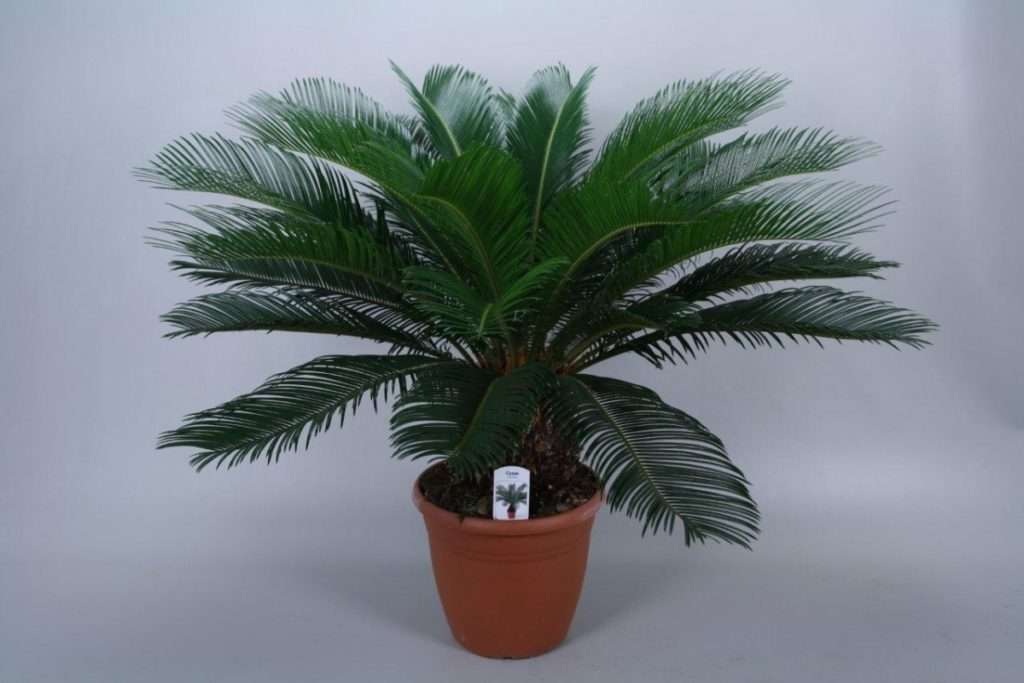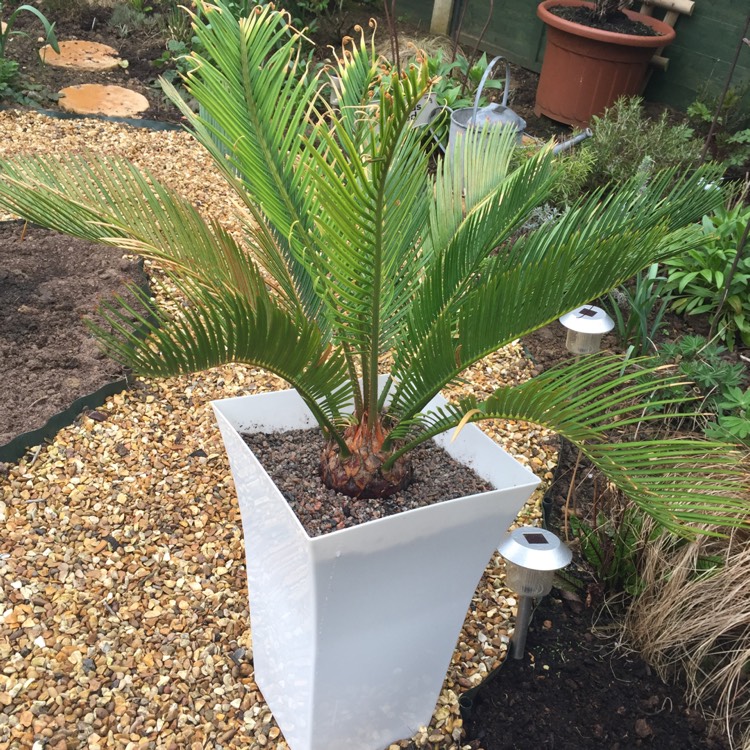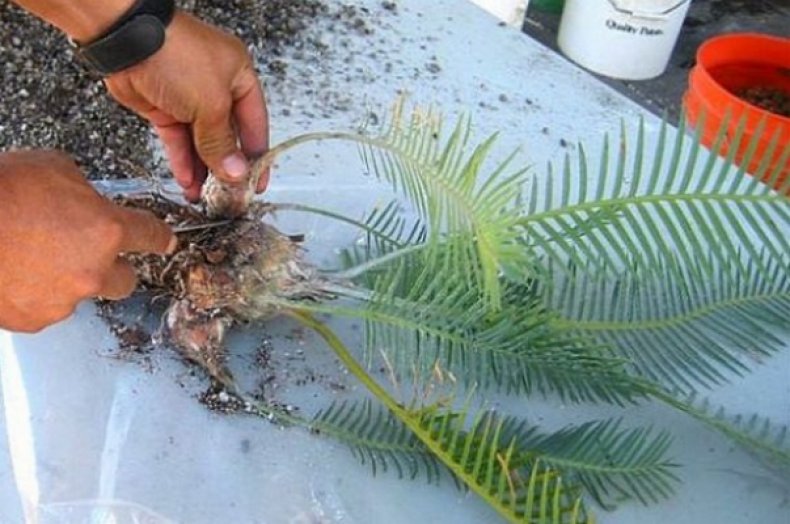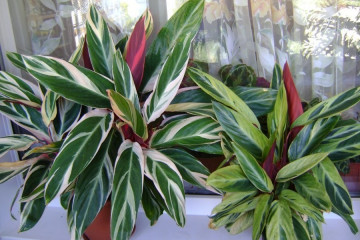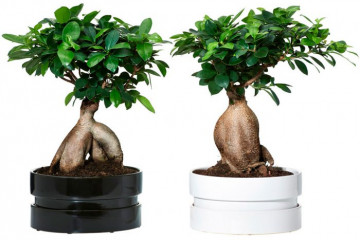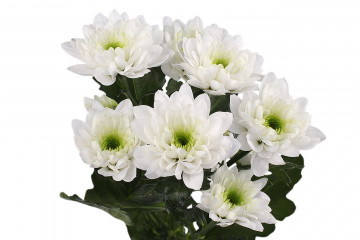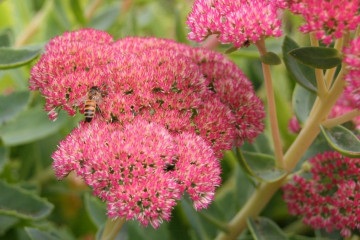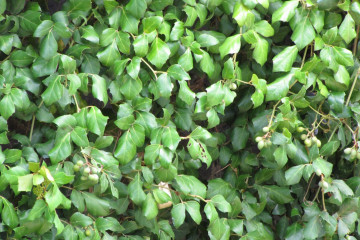Cycas revoluta - care and reproduction
Content:
Tsikas revolutiona or drooping cycad is one of the oldest plants on the planet. Florists have long adapted it for growing indoors.
What is this plant
In nature, the cicassus revolutiona reaches a height of 3 meters. The drooping cycad grows slowly: only 1 row of foliage is formed per year. In indoor conditions, the flower usually does not grow above 1 meter.
From the base of the trunk, called caudex, feathery leaves 80-100 centimeters long grow. In the center of the plant, cone-shaped flowers of a golden color are formed. Cycas revoluta can grow for 100 years.
What conditions are needed for growing
Tsikas is a capricious plant. In order for him to develop in a room, you need to keep him in the conditions to which he is accustomed, being in a natural environment. In addition, you can ask the sellers how to care for the cicada and in what conditions the flower was grown in the nursery.
Choosing a location and lighting
Tsikas is a large plant, so it needs to be given a large area. The flower loves good lighting. But at noon it needs to be shaded to protect it from direct sunlight on the leaves. Otherwise, the leaf plates will begin to turn yellow and lose their decorative appearance. In partial shade and shade, the plant will develop slowly.
The crown should be evenly lit, so the pot of cicasa revolta should be gradually turned clockwise. Then all parts will receive the necessary portion of light.
Temperature and humidity
In summer, the culture prefers a temperature of + 20 ... + 24 ° С. In winter, experienced florists recommend keeping the flower at a temperature not lower than +16 ° C.
During the warm season, the cicada can be taken out into the fresh air. He will feel good on a terrace, balcony or loggia. In early September, the plant is brought indoors. If you do this later, the flower may react poorly to the dry air that is generated due to the included radiators.
The humidity in the room where the cicas is located should be high. To increase it, the flower is sprayed with water from a spray bottle. In winter, you can put a wet rag on a hot battery. Another option for increasing air humidity is to place a container with water near the plant.
Tsikas - home care
Caring for a cicada at home is about timely watering, feeding and pruning dried leaves. When diseases and pests are detected, the bushes are sprayed with insectofungicides.
How to water properly
Water the cicas after the top layer of the soil has dried. Water is used soft, well-settled. To prevent the liquid from stagnating, 15-20 minutes after watering, excess water is poured from the pan. In winter, especially when the flower is kept in cool conditions, watering is reduced.
Feeding rules
From April to September, the cicas plant needs feeding.For this, fertilizers are used to feed palms. Top dressing is diluted according to the instructions on the package. Nutrients are applied to moist soil.
In late autumn and winter, the cycad is not fed. The procedure is not performed immediately after transplantation and during the period when the plants are sick.
Pruning and replanting
For various reasons, leaf plates can begin to fade. You cannot cut them off immediately, as they continue to absorb nutrients. Remove the leaves after complete drying. They are cut off at the very trunk.
When the cicassa drooping becomes cramped in the pot, it is transplanted. The new container should be 4-5 centimeters larger in diameter. If you choose a pot that is too bulky for the cycad, it will not grow until the root system wraps around the container.
The transplant procedure is performed as follows:
- A layer of drainage material is laid out on the bottom of the container.
- Pour a substrate consisting of peat, pine bark and river sand.
- The plant is removed from the old pot along with a lump of earth.
- The roots are slightly straightened, the bush is planted in a new container.
- Water abundantly, and pour excess water from the pan after 15-20 minutes.
Reproduction at home
In the process of development, the cycad builds up children with which to breed the culture of the house. Seed propagation is usually used by experienced specialists, growing young plants in greenhouses.
Breeding by children is performed as follows:
- Children are separated from the mother plant with a disinfected instrument.
- A loose substrate is prepared.
- Containers are selected, the diameter of which is 2 times the diameter of the children.
- The substrate is poured into the container, young plants are laid out in such a way that their upper parts are located above the surface of the soil.
- Sprinkle with warm water.
Plant pots are placed in a well-lit, but shaded place on a hot afternoon.
Difficulties in growing revolute
With improper care, cicas can lose their decorative appearance. For example, the lower leaves may begin to turn yellow. In this case, you need to adjust the watering, in the spring and summer, add nutrients once a month. Leaves should be examined for diseases and harmful insects.
Diseases and pests
If the soil is too wet, the root system of the flower may begin to rot. To get rid of the problem, the plant must be removed from the pot, cut off the parts affected by rot, spray the flower with a fungicide. After that, the cicas are transplanted into a disinfected pot with new soil.
Of the pests, scabies and ticks can attack the cycad. To get rid of them, the plant is washed under the pressure of water. If this does not help, insecticides are used, for example, Karbofos or Actellik.
Tsikas is revolutiona - a capricious plant. But if agrotechnical measures are carried out correctly, the cycad can delight flower growers with its decorative appearance for many years.
